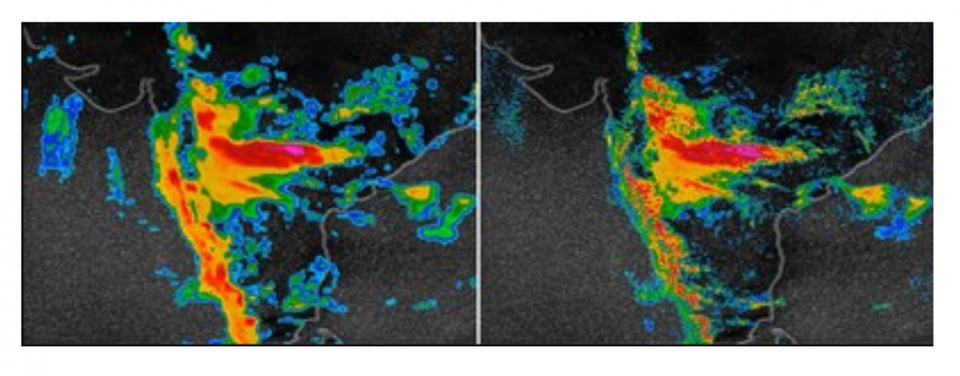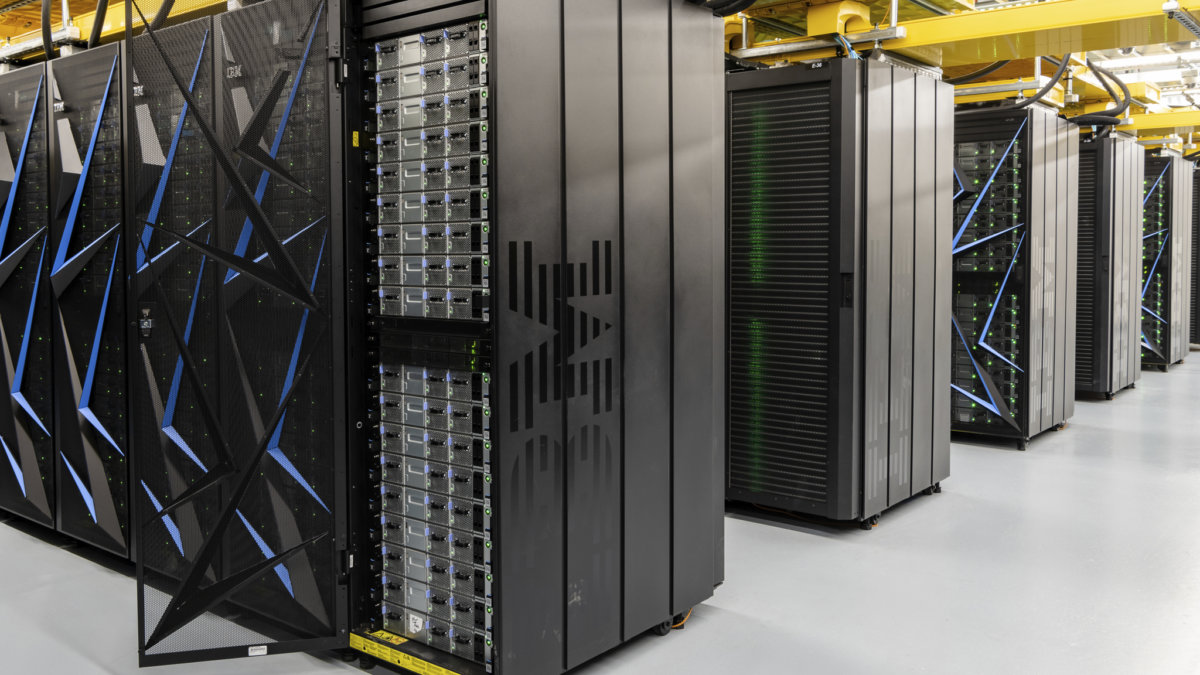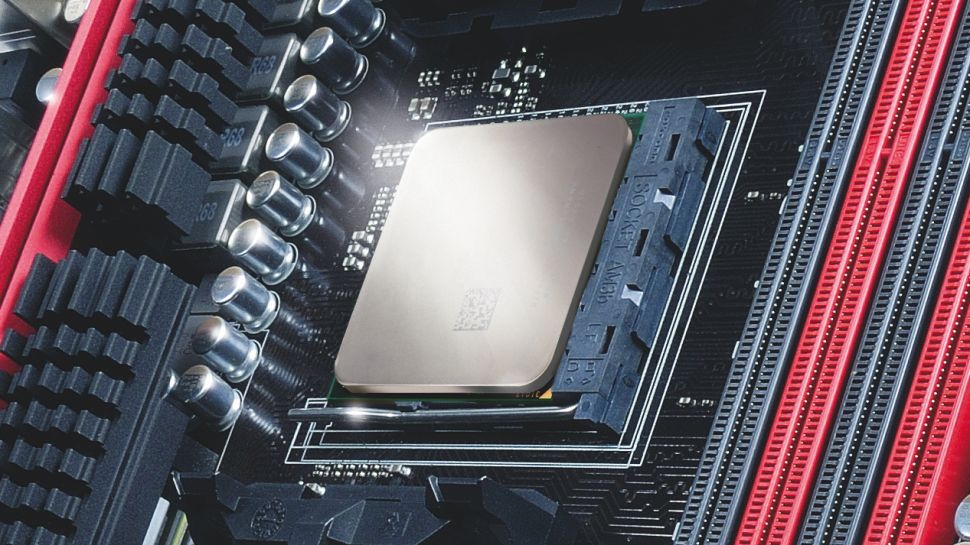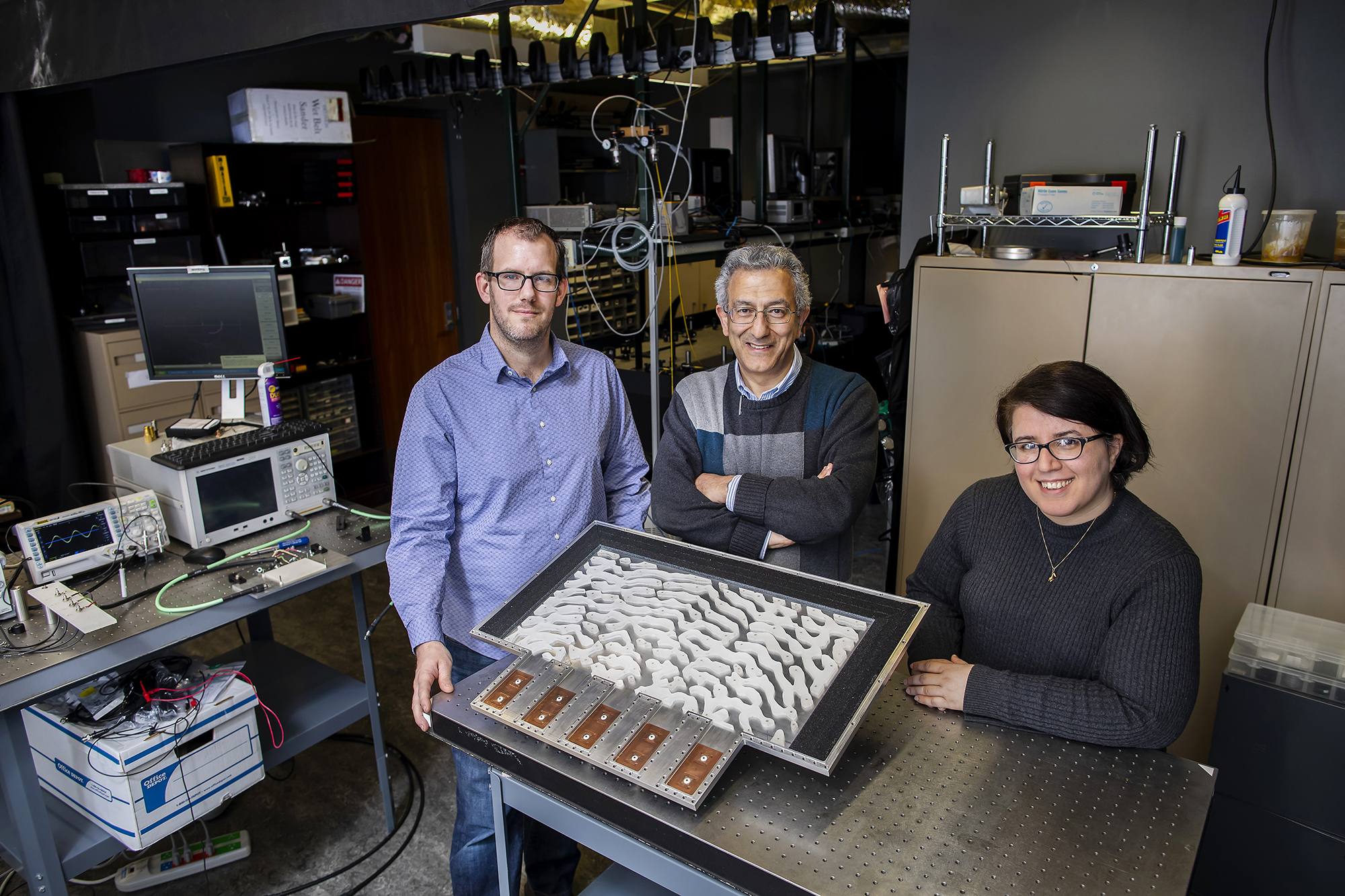
Arhiva 2019

2019. godina
Near Munich, at the Leibniz Supercomputing Centre, magnificent work was afoot. The researchers (a team from Leibniz, Intel and the Australian National University) were producing the largest turbulence simulations in history: a series of interstellar reconstructions, some comprised of more than one trillion grid elements, revealing the stretches and folds of the universe by which stars are birthed. Then, they visualized the results. >>>

2019. godina
Back at CES in January, IBM announced (in conjunction with its subsidiary The Weather Company) the IBM Global High-Resolution Atmospheric Forecasting System—GRAF for short. Utilizing IBM POWER9-based supercomputers, GRAF promises to deliver the world’s first hourly-updating commercial weather system capable of predicting weather events down to small local thunderstorms. >>>

2019. godina
The team designing Oak Ridge National Laboratory’s new Summit supercomputer – set to become the fastest on the planet – correctly predicted the rise of data-centric computing, but its builders couldn’t forecast how bad weather would disrupt the delivery of key components. >>>

2019. godina
If you’ve been on the market for one of the best processors, you’ll be pleased to know that the processor world is more vibrant than ever with competition between Intel and AMD. This is thanks to AMD dominating the market with its Ryzen 2nd Generation processors, something we hope continues with Ryzen 3rd Generation. Intel has responded with its 9th-generation Coffee Lake Refresh processors, led by the Intel Core i9-9900K. There’s never been a better time to grab one of the best processors.>>>

2019. godina
Like a quantum version of a whirling top, protons have angular momentum, known as spin. But the source of the subatomic particles’ spin has confounded physicists. Now scientists have confirmed that some of that spin comes from a frothing sea of particles known as quarks and their antimatter partners, antiquarks, found inside the proton. >>>

2019. godina
Engineering professor Nader Engheta and his team have demonstrated a metamaterial device that can function as an analog computer, validating an earlier theory about ‘photonic calculus.’ >>>








